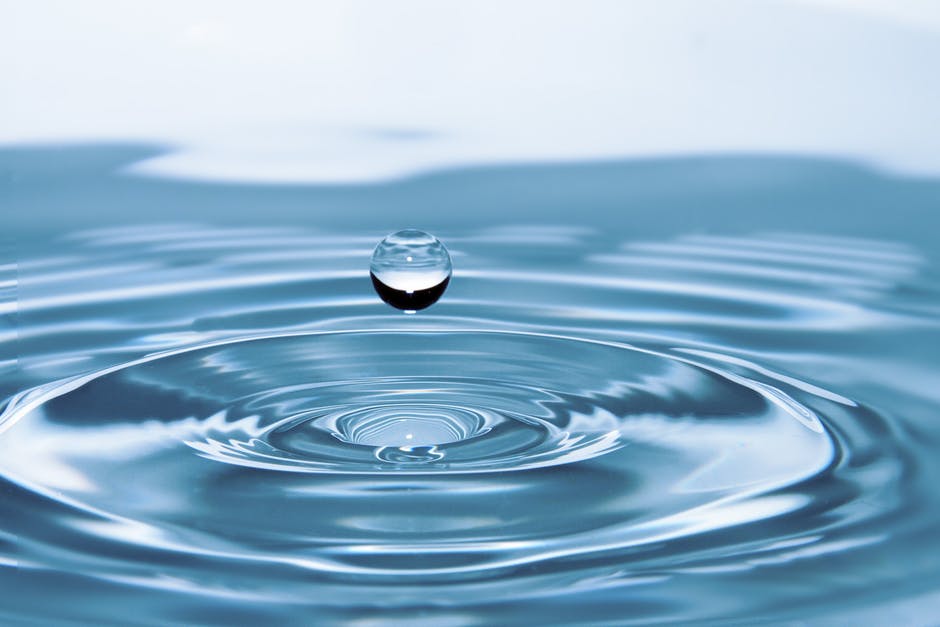(REPOST: Gulf News)
The demands for clean water have never been as pressing as they are today. Approximately 2.1 billion people around the globe do not have access to clean drinking water and that number keeps increasing by the day, as per a report by the World Health Organisation.

Our water-rich planet, is home to more than 1,385 million cubic kilometres of water, but the issue is that most of that water, approximately 97 per cent of it, is sea water. The other three per cent of fresh water continues to dwindle. The growing global challenges of water scarcity, need to be addressed. We need to make the majority of the earth’s water consumable to us. Water desalination — the process of removing dissolved salts from water — is the way forward.
Today, there are a number of technologies that remove the salt from sea water, but these conventional thermal desalination plants consume a substantial amount of energy. Moreover, traditional power plants lead to high carbon emissions, generating a large carbon footprint. What we need is development of large-scale solar power plants to supply renewable energy. The new generation of reverse osmosis desalination plants are considerably more energy-efficient than thermal plants — as much as ten times more efficient in fact.
One of the main issues with renewable energy sources is that energy solutions, like solar power or wind power do not operate 24 hours a day, seven days a week. Sometimes the weather conditions just aren’t suitable. That is when the oil or gas-based turbines are required to fill in the gaps of the renewable energy supply.
But today, engineers have succeeded in combining a hybrid solar wind renewable energy and battery storage solution. Several developers of large-scale solar power plants, have built hybrid wind-solar projects.


